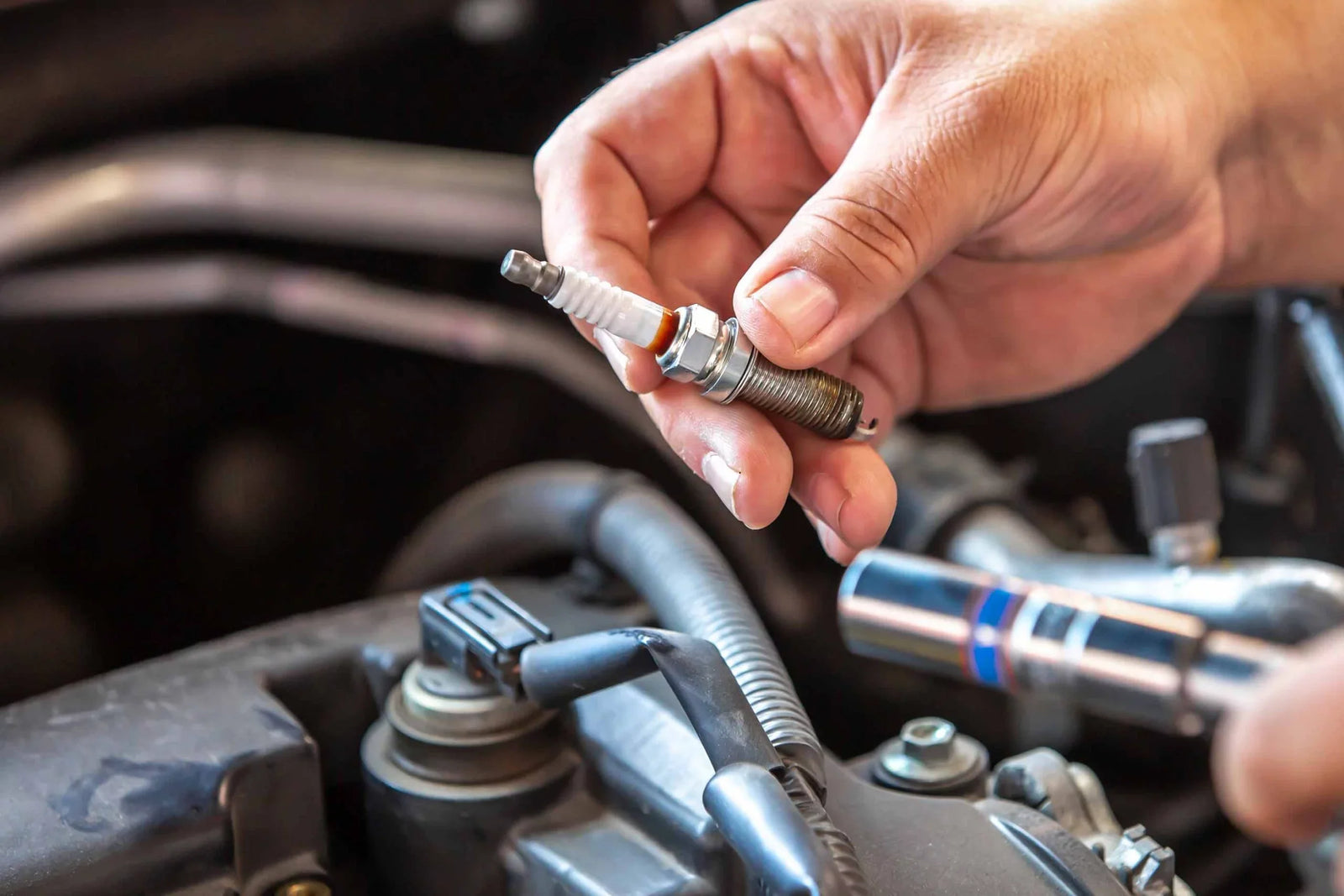Spark plugs play a crucial role in your engine’s performance, ensuring smooth ignition and efficient fuel combustion. Over time, they wear out and can cause issues like rough idling, misfires, and reduced fuel efficiency. Replacing your spark plugs is a simple DIY task that can improve your car’s performance and save you money. Follow this step-by-step guide to replace your spark plugs with ease.
Step 1: Prepare Your Vehicle
-
Park your car on a level surface and turn off the engine.
-
Allow the engine to cool completely to avoid burns.
-
Open the hood and locate the spark plug wires or ignition coils. These are usually found on top of the engine.
Step 2: Remove the Old Spark Plugs
-
If your vehicle has ignition coil packs, carefully unplug them and remove them using a socket wrench.
-
If your vehicle has traditional spark plug wires, grasp the wire boot firmly and twist it slightly before pulling it off.
-
Use compressed air to clean around the spark plug to prevent debris from falling into the engine.
-
Attach the spark plug socket to the wrench and carefully unscrew the old spark plug by turning counterclockwise.
-
Remove the spark plug and inspect it. A worn or fouled plug may have excessive carbon deposits or a damaged electrode.
Step 3: Install the New Spark Plugs
-
Check the gap on the new spark plug using a spark plug gap tool. Adjust if necessary according to the manufacturer’s specifications.
-
Apply a small amount of anti-seize lubricant to the spark plug threads (optional, but helpful for easy removal in the future).
-
Carefully thread the new spark plug into the engine by hand to avoid cross-threading.
-
Once hand-tight, use a torque wrench to tighten the spark plug to the manufacturer’s specified torque.
Step 4: Reinstall Ignition Components
-
If you removed ignition coils, reinstall them and securely connect the electrical plugs.
-
If your vehicle has spark plug wires, push the wire boot firmly onto the new spark plug until it clicks into place.
-
Double-check all connections to ensure they are secure.
Step 5: Start Your Engine and Test
-
Close the hood and start the engine.
-
Listen for smooth idling and check for any warning lights on the dashboard.
-
Take your car for a short drive to ensure proper performance.
-
If you notice any issues, double-check the connections and ensure the spark plugs are properly installed.
Final Thoughts Replacing your spark plugs is a simple and cost-effective way to maintain your car’s performance and efficiency. By following this DIY guide, you can keep your engine running smoothly and save on costly mechanic fees. Regularly checking and replacing spark plugs as recommended by your vehicle’s manufacturer will ensure optimal performance and longevity.
At Universal Auto Spares, we're not just here to sell car parts – we're here to fuel your passion for all things automotive. Stay tuned for more informative articles, product spotlights, and expert tips to elevate your driving experience. Until next time, keep the rubber side down and the revs up!









